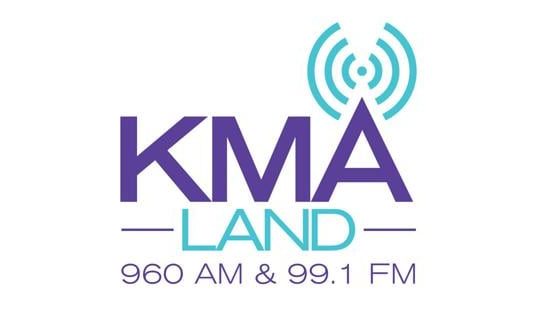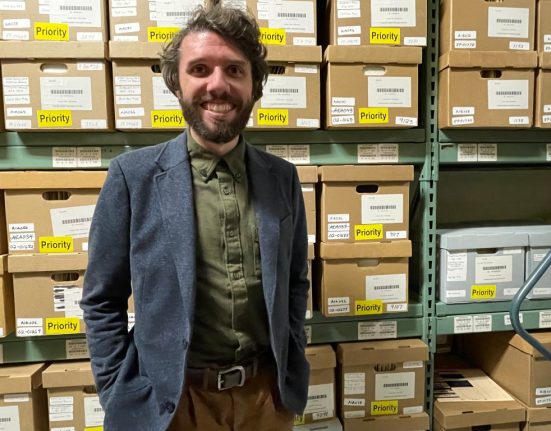Photo: RNZ
Legal experts have been left perplexed by Immigration New Zealand’s interpretation of regulations related to the investment visa pathway for Chinese nationals.
The government upgraded the Active Investor Plus visa on 1 April to help encourage growth and make investing in New Zealand more attractive for overseas individuals.
The updated information on Immigration New Zealand’s website in April noted that two Chinese investment programmes – Qualified Domestic Institutional Investor (QDII) and Qualified Domestic Limited Partner (QDLP) – were “not considered acceptable methods of transfer to meet immigration requirements” under the visa.
The Active Investor Plus visa was first introduced in 2022 by the Labour government, replacing the previous Investor 1 and 2 categories.
Due to the visa’s high investment threshold and English-language requirement, it did not attract a lot of interest, immigration advisors and lawyers said, adding that questions over the exclusion of the Chinese investment programmes had yet to materialise.
After the April upgrade, the category attracted high interest from applicants around the world.
Peter Luo
Photo: Supplied
However, licensed immigration advisor Peter Luo said interest from China quickly dried up after the government explicitly excluded the QDII programme from the upgraded “golden visa”.
“I have quite a number of clients who wanted to apply, but they can’t anymore,” Luo said. “Some have signed a contract with us, but we had to pause the process.”
QDII was introduced by the Chinese regulators in 2006 to allow individuals in China to invest in financial product markets overseas through approved domestic institutions such as commercial banks, security firms and trust companies.
It aims to increase the proportion of mainland China’s privately held assets abroad in a managed way, according to the government’s foreign exchange agency.
The QDLP programme is a separate investment scheme launched by Chinese authorities that has never been adopted by New Zealand.
Luo said QDII was virtually the only pathway for individuals from China to transfer capital overseas.
The Ministry of Business, Innovation and Employment told RNZ that QDII and QDLP had been excluded from the investor visa when it was introduced in 2022.
Stacey O’Dowd, border and funding immigration policy manager at MBIE, said the core objective of the Active Investor Plus policy settings was to seek active and ongoing investment to help grow the New Zealand economy.
“Funds passively invested in New Zealand which are subject to obligations or restrictions would not align with this objective, as there is no certain potential of the funds remaining productively invested beyond an investor’s investment period,” O’Dowd said.
However, Luo said he only became aware of the QDII programme’s exclusion recently.
Luo claimed the QDII programme complied with the new investor visa conditions, and its exclusion was “baseless”.
“If the government is genuinely interested in attracting Chinese money and talent, INZ should withdraw its improper interpretation and engage with financial institutions to develop a workable solution,” Luo said.
Arran Hunt
Photo: Supplied
Immigration lawyer Arran Hunt said the exclusion of the QDII pathway meant the Active Investor Plus visa was “shut off from almost all Chinese investors”.
Some countries restricted the amount of funds that someone could move out of the country, and the QDII programme provided an option that appeared to work with the former investment visa categories, he said.
Hunt said Immigration New Zealand had not explained why funds transferred via the QDII programme were not acceptable.
“We expect it is because the QDII/QDLP funds need to be returned to China at some point, which would make any investment in New Zealand temporary,” he said.
However, there was no guarantee that an investment under the new investor visa would remain in New Zealand after the investment term, he said.
Repatriation of funds was more likely to happen if the funds had been sent via the QDII programme, he said.
“This change would have an impact on applicants from China, as it removes the most common way to take money out of China lawfully,” he said.
“This removal will leave the only possible way out being through a place like Hong Kong but, even then, it won’t be simple.”
Hunt said China did not allow unrestricted movement of funds out of the country, with such transfer constraints being outside of New Zealand’s control.
Harris Gu
Photo: Screenshot / Queen City Law
Harris Gu, an immigration lawyer who is also policy chair of the New Zealand Association for Migration and Investment, said the exclusion of QDII from the investor visa settings was unreasonable because immigration laws did not explicitly forbid it.
“I believe there has perhaps been a misconception on the government’s part in terms of exactly what QDII is and how it operates,” Gu said. “Nevertheless, their statements are not above the actual law.”
Gu said the exclusion would negatively affect investment from Chinese institutions that might have ordinarily come through the QDII programme under the old Investor 1 and 2 visa categories.
O’Dowd said New Zealand investment settings were, and would remain, “country neutral”.
“We welcome high quality and productive foreign investment from all investors, provided it meets our regulatory requirements,” O’Dowd said.
“Active Investor Plus settings have been designed to incentivise active investment so New Zealand benefits from investor capital, skills, experience and networks over the longer term.”
Immigration New Zealand received 45 applications for the Active Investor Plus visa under the new settings between 1 and 14 April.
Of those applications, eight were from Hong Kong and five were from Chinese nationals, according to MBIE statistics.
RNZ approached Immigration Minister Erica Stanford for comment but was told Immigration New Zealand, which falls under MBIE, oversaw such operational questions.







